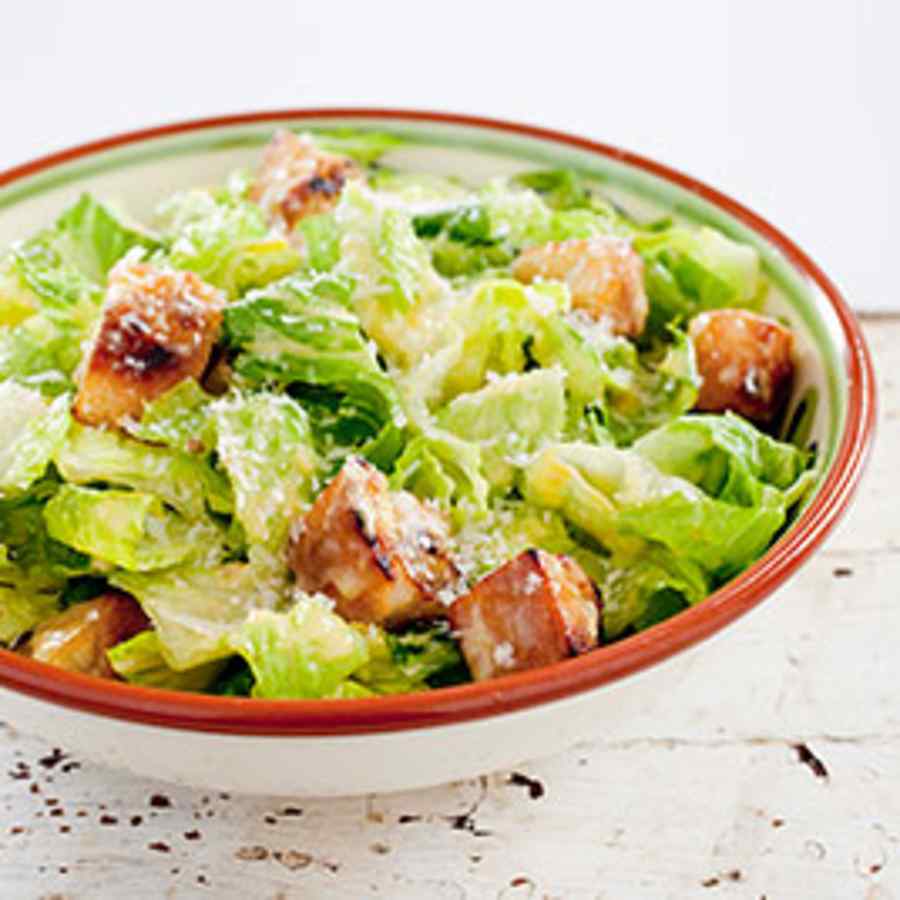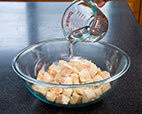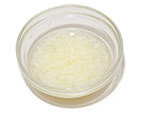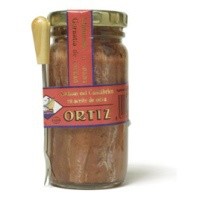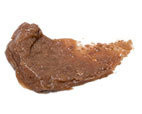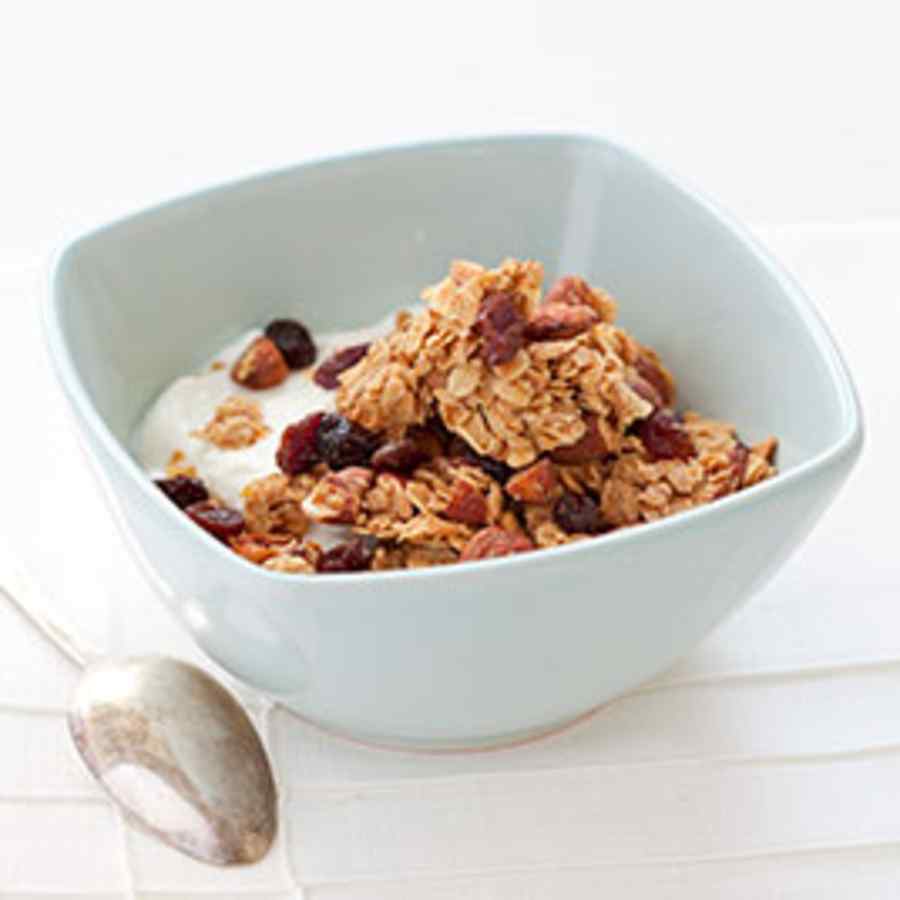Why This Recipe Works
Most versions of Greek salad consist of iceberg lettuce, chunks of green pepper, and a few pale wedges of tomato, sparsely dotted with cubes of feta and garnished with one forlorn olive of questionable heritage. For our Greek salad, we aimed a little higher: We wanted a salad with crisp ingredients and bold flavors, highlighted by briny olives and tangy feta, all blended together with a bright-tasting dressing infused with fresh herbs. For a dressing with balanced flavor, we used a combination of lemon juice and red wine vinegar and added fresh oregano, olive oil, and a small amount of garlic. We poured the dressing over fresh vegetables, including Romaine lettuce, tomatoes, onions, and cucumbers, as well as other ingredients, including fresh mint and parsley, roasted peppers, and a generous sprinkling of feta cheese and olives.

Ingredients
Vinaigrette
| 3 | tablespoons red wine vinegar |
| 1 ½ | teaspoons lemon juice from 1 lemon |
| 2 | teaspoons minced fresh oregano leaves |
| ½ | teaspoon table salt |
| ⅛ | teaspoon ground black pepper |
| 1 | medium clove garlic, pressed through garlic press or minced (about 1 teaspoon) |
| 6 | tablespoons olive oil |
Salad
| ½ | medium red onion, sliced thin (about 3/4 cup) |
| 1 | medium cucumber, peeled, halved lengthwise, seeded, and cut into 1/8-inch-thick slices (about 2 cups) |
| 2 | hearts romaine lettuce, washed, dried thoroughly, and torn into 1 1/2-inch-pieces (about 8 cups) |
| 2 | large vine-ripened tomatoes (10 ounces total), each tomato cored, seeded, and cut into 12 wedges |
| ¼ | cup loosely packed torn fresh parsley leaves |
| ¼ | cup loosely packed torn fresh mint leaves |
| 6 | ounces jarred roasted red bell pepper, cut into 1/2 by 2-inch strips (about 1 cup) |
| 20 | large kalamata olives, each olive pitted and quartered lengthwise |
| 5 | ounces feta cheese, crumbled (1 cup) |
NUTRITIONAL INFORMATION
Per Serving (Serves 6)
- Calories 244
- Cholesterol 21 mg
- Fat 20 g
- Sodium 532 mg
- Saturated 5 g
- Carbs 11 g
- Trans 0g
- Dietary Fiber 3 g
- Monounsaturated 12 g
- Sugar 5 g
- Polyunsaturated 1 g
- Protein 5 g
Instructions
Serves 6 to 8
Marinating the onion and cucumber in the vinaigrette tones down the onion’s harshness and flavors the cucumber. For efficiency, prepare the other salad ingredients while the onion and cucumber marinate. Use a salad spinner to dry the lettuce thoroughly after washing; any water left clinging to the leaves will dilute the dressing.
1. Whisk vinaigrette ingredients in large bowl until combined. Add onion and cucumber and toss; let stand to blend flavors, about 20 minutes.
2. Add romaine, tomatoes, parsley, mint, and peppers to bowl with onions and cucumbers; toss to coat with dressing.
3. Transfer salad to wide, shallow serving bowl or platter; sprinkle olives and feta over salad. Serve immediately.
Per Serving:
Cal 180; Fat 14 g; Sat fat 3.5 g; Chol 10 mg; Carb 8 g; Protein 5 g; Fiber 2 g; Sodium 600 mg

